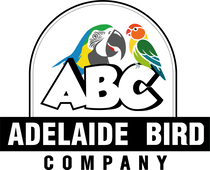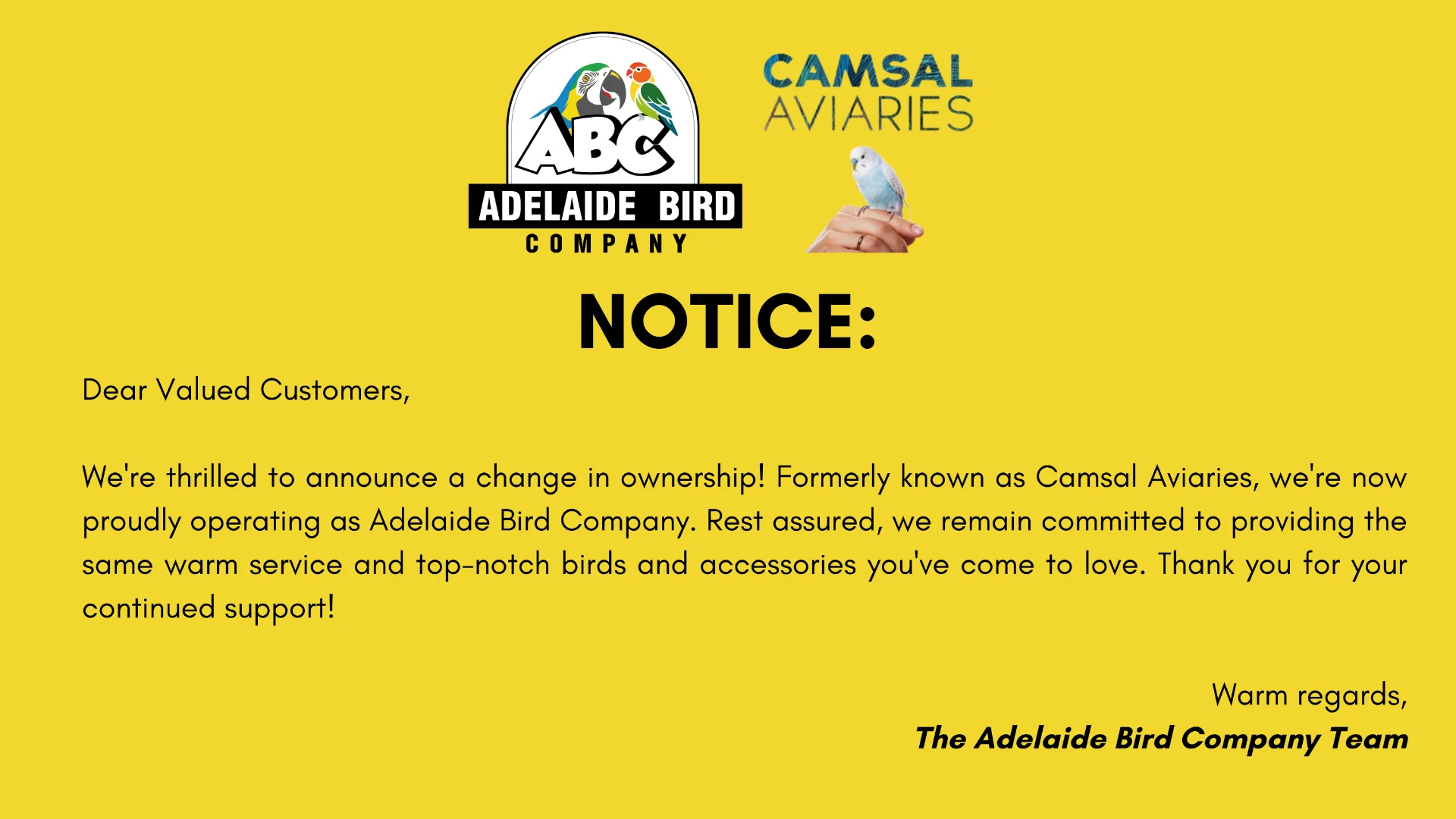
There are two main groups of Australian Lorikeets. The Small Lorikeets and larger tropical Lorikeets. Smaller varieties include the Purple Crowned Lorikeet, Scaly, Musk and the Little Lorikeet, approximately 19cm in length. They are relatively quiet, tend not to speak, and have a lifespan of around ten years. These also require a Wildlife License to keep in captivity. Tropical Lorikeets live up to 20 years and are about 30 cm long; They are excellent talkers, and varieties include the Red-collared, Scaly, Musk and the Rainbow Lorikeet. These days there are so many colour mutations in these Lorikeets including Pied, Lutino, Fallow, Cinnamon and Olive.
A well-trained Rainbow Lorikeet is playful, loves to dance, loves to chat, and provides a lot of fun and companionship. These type of parrots tend to be active and energetic, but because they have pretty messy grooming and feeding habits, they need a diligent owner with their cleaning and are willing to take the time to care for them.
Preparing Lorikeets’ Food & Water
These parrots have fairly specific dietary needs, as they mainly eat nectar and pollen. Also, their gizzards are not designed to crush seeds. Instead, they have a brush-shaped tongue that they use to collect nectar and pollen, as well as a small number of insects, fruits, and berries.
Commercial mixtures for Lorikeets are available and include a wet feed and a dry feed. The wet mixture should be removed after a few hours, as in hot weather, bacteria will quickly breed. The Lorikeet Dry food can be kept in the cage for a longer period of time. Supplement commercial foods with fresh fruits and vegetables, as well as native eucalyptus. Vitamin D3 and calcium supplements should also be provided regularly to keep them healthy.
Warning: Do not give chocolate or avocado. Also, you should remove all uneaten food. You should also clean the bowls before giving them fresh food.
Preparing their Aviaries
A Lorikeet can live in a cage inside the house but will need plenty of opportunities to fly around the house and spend time with the family. However, always keep in mind that they produce extremely wet feces and can chew it if left unattended, so you need to prepare your home beforehand.
A tip: Aluminum aviaries are much better than wooden aviaries because they are easier to clean and maintain. These birds produce large amounts of very liquid feces or droppings, so it is best to have a sloped concrete floor that can be pressure washed or cleaned easily.
If you’d like to know more about Lorikeets and how to take care of them, make sure to visit our website today!


